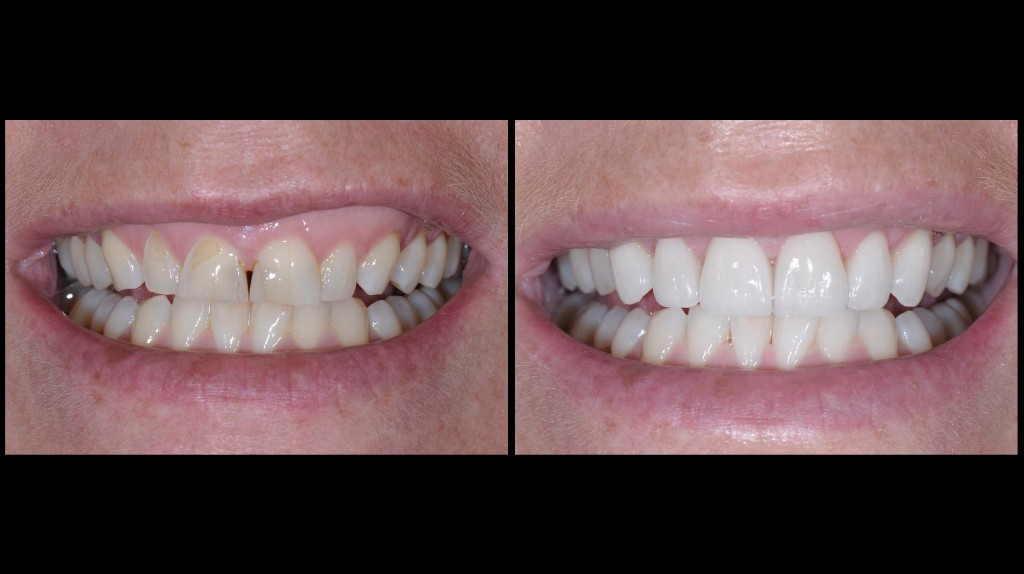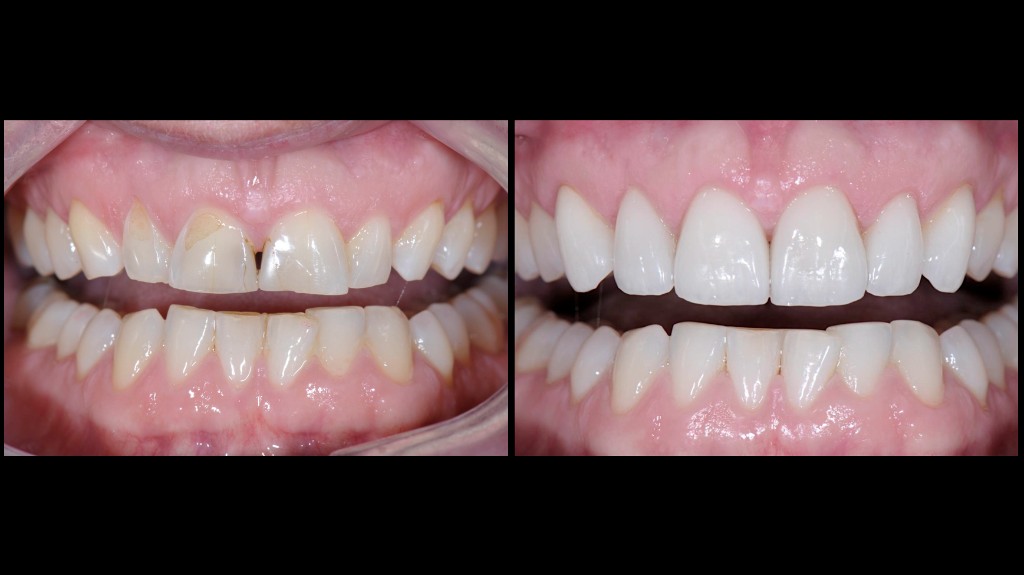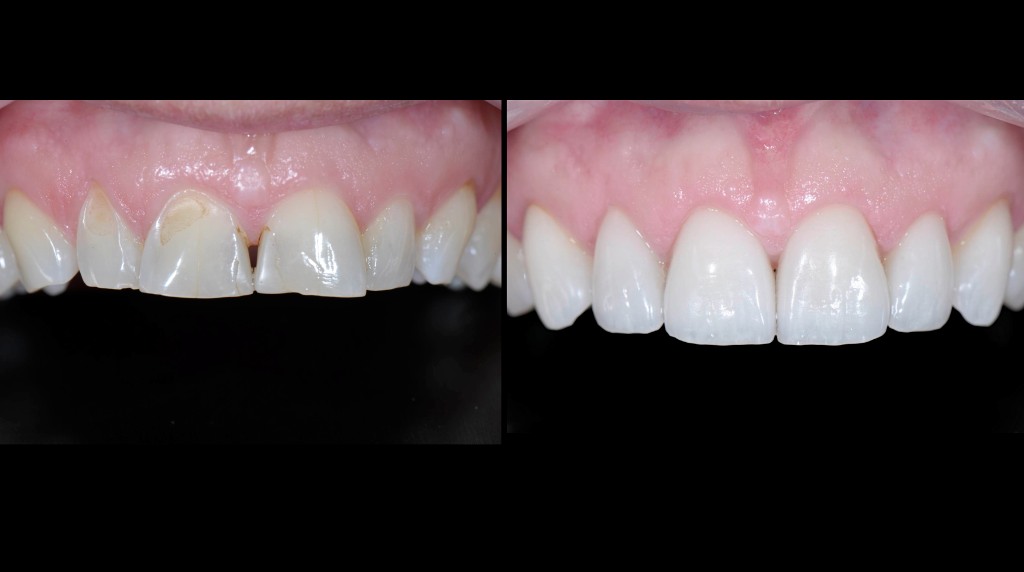- Home
- keyboard_arrow_right Phelan Dental Seminars
- keyboard_arrow_right The Key Concept for Porcelain Veneer Preparations

Biomimetics is the study of the structure and function of biological systems as models for the design and engineering of materials. Following the principles of biomimetics and applying them to dentistry the clinician should strive to restore or mimic the biomechanical, structural, and esthetic integrity of the tooth.
When the patient and clinician’s treatment of choice is a conservative esthetic rehabilitation with porcelain veneers it is paramount to be respectful of the existing tooth structure, especially the dental enamel. The use of porcelain as an enamel substitute is an excellent application of the biomimetic principle due to the similar elastic modulus, thermal expansion, and optical properties of the two structures. When the original tooth has a thinned out or worn enamel surface and is restored to original volume with porcelain as an enamel substitute, studies by Dr. Pascal Magne and others have found that the tooth recovers much of its original structural, optical, and biomechanical properties.
Numerous retrospective studies that look at porcelain veneer longevity have also found that the veneer will have more predictable long-term success if the restoration is bonded primarily to enamel. This is especially true at the facial-axial region of the tooth preparation and care should be taken not to remove excessive enamel at this critical region.
The traditional approach for porcelain veneer preparation was to use a depth cutting diamond on the existing tooth surface and remove a fixed amount of tooth structure. This technique leads to an excessive loss of sound dental enamel with unnecessary dentin exposure especially in patients that already have wear or thinning of the enamel surface that will be restored with the new veneers.
This preparation method has been replaced by newer techniques that attempt to relate the tooth preparation to the desired final outcome as represented by the additive diagnostic wax-up.
With this in mind the Key Concept for Porcelain Veneer Preparations is that the tooth reduction should be relative to the final outside surface of the porcelain veneer, not the outside surface of the tooth that you are preparing.
During my webinar on March 10th from 8 to 9 pm EST I will demonstrate a number of techniques to relate the diagnostic wax-up to the tooth preparations in an efficient and reliable manner. I will also share with you the retraction and impression technique that I use for large porcelain veneer and full arch cases, as well as a number of other useful ideas and tips.
Now, click here to save your seat. Register Here!
I have added some images for a case that follows the Biomimetic Principle by replacing the thinned out and loss of enamel due to erosion with porcelain veneers.
If you have any questions or comments, please feel free to leave them using the link above.
Cheers,
Dr. Stephen Phelan
© Copyright Phelan Dental Seminars I Dr. Stephen Phelan






Post comments (0)